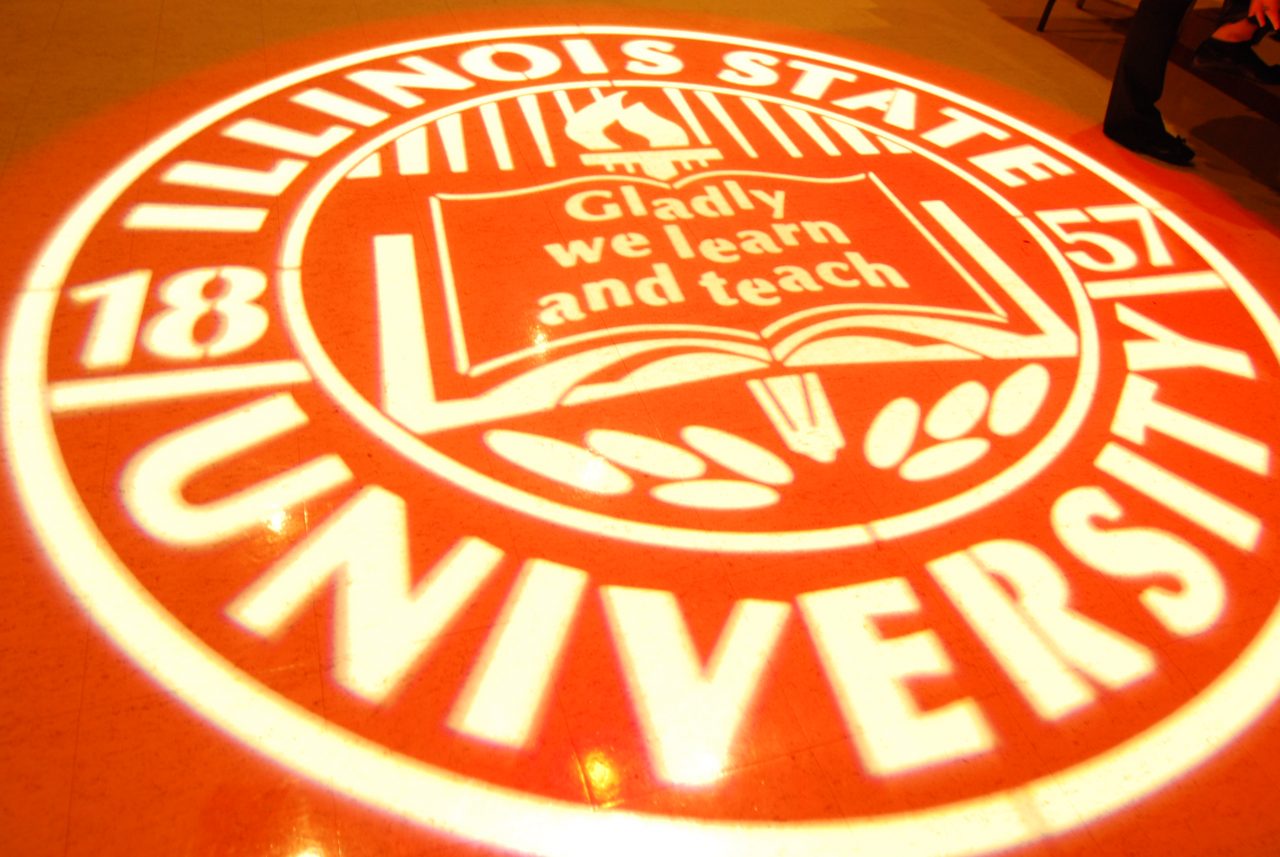Getting fired. Losing custody of their children. Being denied basic human services. These are just some of the challenges that social work and special education majors confront while role-playing a month of life in poverty.
The Poverty Simulation is a three-hour experience that represents four weeks of life in poverty. School of Social Work undergraduates are required to go through the exercise, which takes place once a year. The College of Education Special Education Department also requires its students to complete it prior to their field experience.
Each “week” is 15 minutes long. During that time, 60-70 participants take on roles in various family situations such as single parent families, single elderly people or two-parent families with multiple children. Another group of volunteers representing social service providers are located around the perimeter of the room. The three hours includes time for students to assume their roles in the simulation and an extensive debriefing at its conclusion.
While the structure of the exercise seems straightforward, the rules are purposely vague. At the outset of the exercise, students are given a family packet filled with items like money, bus tokens, food vouchers and social security cards, but they are given little instruction and start out confused. As the simulation progresses, participants are subjected to what Master of Social Work Program Director Diane Zosky describes as “layers of frustration.”
Participants quickly learn that just trying to navigate everyday life can lead to a series of setbacks. Throughout the simulation, some may not have thought to go to work, and so they are fired. Others may have neglected to send their children to school so they must visit with a truancy officer. Some may have forgotten to go to the grocery store and are charged with neglect for not feeding their children.
When participants seek assistance from social service agencies, they peel away additional layers of frustration. They may find that they do not have enough bus tokens for their entire family to travel to the agency. When they finally reach their destination, they may be turned away for leaving behind important documents like social security cards. They also may return home to find that these vital belongings have been stolen.
The poverty simulation not only gives a glimpse into a life of poverty, but it also provides exposure to another facet of diversity.
“We often think of diversity as groupings by race, ethnicity, gender and sexual orientation, but not necessarily socioeconomic status. The poor are a minority in numbers and in power and access,” Zosky said.
The poor also intersect with other minority groups. In 2008, African Americans accounted for 25 percent of those living in poverty, while 22 percent were Latino, 12 percent were Asian and 9 percent were white. There is also a disproportionate representation of women in poverty. Roughly 14 percent of women live in poverty, compared to 11 percent of men. Many in these groups start out with unequal access to schooling, including higher education.
What makes this experience especially relevant for future teachers and social workers, however, are the 40 percent of children in the United States living in poverty, with the percentage often higher in urban settings.
“The majority of our students realize that when they are out teaching, they need to understand where their students are coming from when they are not in school,” said Laurie Turilli, Special Education department coordinator of Early Field Experiences. “It is really easy to attribute student behavior problems to the student or parent not caring, but in actuality there may be things going on at home that we can’t even imagine.”
Most participants take away key lessons from the simulation. In their evaluations, across all questions, students show a significant increase in the understanding of life in poverty. When asked what they would do differently as a result of participating in the simulation, there is a common theme of compassion.
One student wrote “I am more understanding of students’ home responsibilities,” while another vowed to be “more aware of factors impacting families, more aware of factors impeding student learning and more aware of resources available to help support families.”
The poverty simulation is a copyrighted, purchased kit that was produced by the Missouri Association for Community Action. The Special Education Department conducted its most recent simulation in December 2009.

